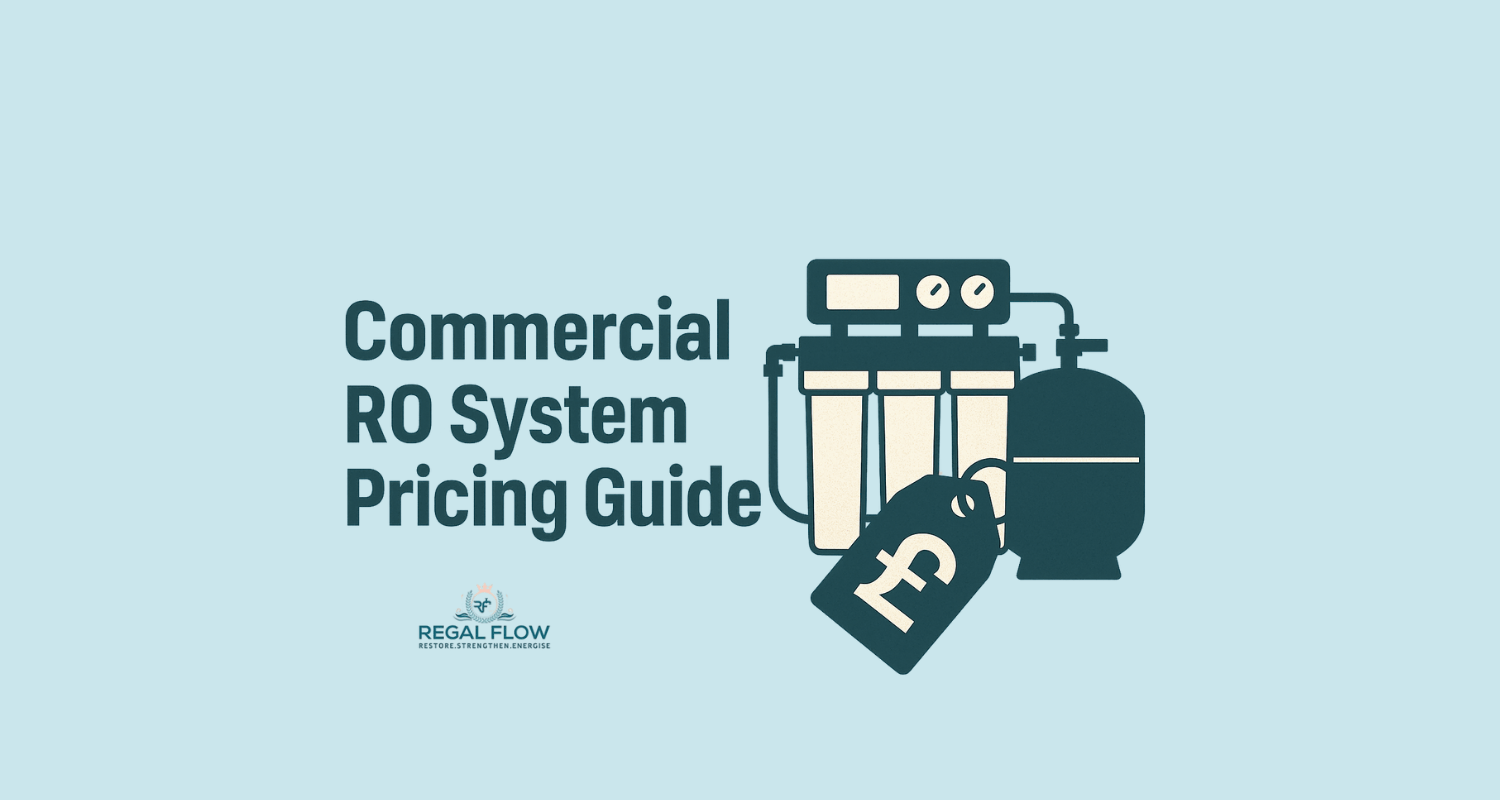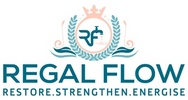
Commercial RO System Pricing: Find the Right Fit
Buying a Commercial RO system isn’t just about clean water—it’s about not flushing money down the drain. Short answer? Osmosis is natural; reverse osmosis fights back with pressure. In “Commercial RO System Pricing: Find the Right Fit,” we dive into Reverse Osmosis Systems for Commercial & Industrial Applications—without the boring bits.
Understanding the Initial Investment in a Commercial RO System
Key Components and Their Contribution to Cost
When it comes to buying a commercial reverse osmosis system, you're not just paying for a box of pipes and filters. You're investing in a solution built around a few key players: the RO membranes, the pump, the control panel, and the housing. Think of it like building a car—each part matters. Stainless steel frames cost more but are built to last. Opting for a cheaper plastic or mild steel unit might save cash today but expect to replace or repair sooner.
Short-Term vs. Long-Term Financial Planning
Sure, a low upfront cost is tempting. But don’t get caught in the trap of cheap now, expensive later. High-quality systems can cut down on repairs, reduce downtime, and use less power. Planning for both the initial spend and future running costs keeps surprises (and costs) to a minimum.
Factors That Significantly Affect Commercial RO System Cost
System Capacity and Flow Rate Requirements
Size matters. The more water you need filtered—whether it’s litres per hour or gallons per day—the bigger the system. And bigger systems mean bigger price tags. If your café just needs clean water for drinks, a compact 300 LPH unit might do. But if you're running a factory, expect to pay more for power and performance.
Pre-Treatment Needs Based on Source Water Quality
Water isn't always clean to begin with. If you're dealing with hard water, high TDS, or sediment, you’ll need pre-treatment. Think softeners, sediment filters, or even UV systems. These extras bump up the cost but protect your RO system and keep it running longer.
RO Membrane Type and Quality
Not all membranes are equal. Thin-film composite membranes last longer and filter better—but they come at a premium. Cheaper membranes can lead to higher replacement rates and lower water quality. Spending more upfront here can actually save you down the line.
Pump Efficiency and Power Requirements
Pumps do the heavy lifting. Efficient pumps may be pricier, but they draw less power and wear out slower. If you’re running 24/7, energy bills can add up fast. Go efficient or go home.
Level of Automation and Control
Want touchscreen controls or remote monitoring? That’ll cost you. But in high-demand environments, automation can reduce labour and spot issues before they become problems. It’s about control, convenience, and peace of mind.
Installation Complexity and Labour Costs
Installing a system isn’t just plug and play. If your building needs electrical work, pipe rerouting, or compliance upgrades, labour costs shoot up. Get a site survey first to avoid nasty surprises.
Estimating the Cost Range for Different Commercial Applications
Small to Medium Businesses (Restaurants, Offices)
If you're running a restaurant, café, or small office, a low-capacity system (under 500 LPH) should do the trick. These usually range from £1,000 to £5,000. They’re compact, easier to install, and meet the needs of day-to-day water use without overkill.
Larger Industrial Facilities
Industrial settings—think food processing plants or pharma manufacturers—need high-capacity systems over 2000 LPH. Costs can hit £20,000–£50,000+, depending on what bells and whistles you need. Customisation, automation, and redundancy add to the total, but it’s all about reliability.
Additional Costs to Consider Beyond the Initial Purchase
Shipping and Handling
These systems are heavy, bulky, and sometimes fragile. That means shipping isn’t cheap. Crating, forklifts, and insurance fees can easily add a few hundred pounds.
Installation and Plumbing Modifications
Don’t forget the install. It’s not just "plug it in and go." You might need a plumber, an electrician, and possibly a custom frame. Budget accordingly.
Permitting and Regulatory Compliance
Depending on your industry, local authorities might require permits or inspections. Water discharge and health safety regs can trigger extra costs. Better to factor it in early than scramble to fix it later.
Ongoing Operational and Maintenance Costs
Energy Consumption
Your RO system runs on power. Bigger systems, or ones that run longer hours, use more of it. Efficient pumps and smart timers can help—but electricity still adds up.
Chemical Usage for Cleaning
To keep membranes in top shape, they need regular chemical cleaning. Think alkaline and acidic solutions. Costs vary, but skipping maintenance isn't an option if you want clean water and long membrane life.
Replacement Filters and Membranes
Pre-filters might need changing every few months. Membranes usually last 2–3 years but can wear out faster with poor water or high usage. Always keep spares on hand to avoid downtime.
Labour for Maintenance and Monitoring
Whether it's your team or a contractor, someone needs to keep an eye on the system. Automation helps, but human checks are still vital. Labour adds to OPEX, so plan it into your budget.
Conclusion: Making Informed Decisions About Commercial RO System Investment
Choosing a commercial RO system isn’t just a technical call—it’s a financial one. Get it wrong, and you could face poor water quality, rising costs, or early replacement. By looking at capacity, water quality, system design, and ongoing maintenance, you’ll make a smarter investment. One that keeps your water clean and your operation running smoothly. Whether you're a high-street café or a sprawling factory, the right system pays for itself in performance and peace of mind.
More Reverse Osmosis info we think you'll love
RO Systems in the Food & Beverage Industry: Enhancing Quality and Compliance
Implementing RO Technology in Hospitality: Elevating Guest Experience
Reverse Osmosis in Healthcare and Laboratories: Ensuring Purity and Safety
Optimising Coffee Shop Operations with RO Water Filtration
Selecting the Right Commercial RO System for Your Business
Maintaining Your Commercial RO System: Best Practices and Tips
Which Chemical is Best for RO Membrane Cleaning?
Industrial Reverse Osmosis Cost per Gallon
Commercial Water Filtration Systems
Industrial Reverse Osmosis System Cost
Light Commercial Reverse Osmosis System
Reverse Osmosis Pressure Vessel
Reverse Osmosis vs Carbon Filter


Leave a comment